Recently someone asked me to explain the form and significance of Panchamukha Hanuman. The following is the answer that I gave to summarize who is Panchamukha Hanuman.
Panchamukha Hanuman was manifested by Hanuman to defeat the demon Mahiravana, an asura who had kept his life force hidden in five deepams located in five different directions. All five deepams needed to be extinguished simultaneously, so five divine personalities manifested to carry out that work in the form of Panchamukha Hanuman. This story does not occur in Valmiki Ramayana but in regional versions and in other upapuranas, samhitas, etc.
Five divine personalities manifested in one form, three are Vishnu Tattva (Hayagriva, Narasimha, and Varaha) and two are Lord Vishnu’s servants (Garuda and Hanuman). Garuda and Hanuman are considered the two feet of Lord Narayana, known as Periya Thiruvadi (“big sacred feet”, being Garuda) and Siriya Thiruvadi (“small sacred feet”, being Hanuman). Both Garuda and Hanuman carry the Lord on their shoulders and act as His feet in transporting Him. Thus the presence of Lord Narayana, in the forms of Varaha, Hayagriva and Narasimha, along with Hanuman and Garuda, who are His sacred feet, is natural and not conflicting.
Just as Dattatreya is the manifestation of three personalities (Brahma, Vishnu and Shiva), so Panchamukha Hanuman is the manifestation of five distinct personalities in one form. It is not one person with five heads, but five people uniting in one form. The Lord is always present with his devotees, and He manifested that presence to assist Hanuman when Hanuman needed to kill Mahiravana.
A few examples of Panchamukha Hanuman being worshipped by Vaishnava traditions are as follows:
1) He was the upasana deity of Raghavendra Swami of mantralaya (Madhva sampradaya). You can still visit the cave in which he did sadhana to Panchamukha Hanuman for 12 years at a place called Panchamukhi. Raghavendra Swami was a saint who entered Jiva Samadhi (buried while living), who mystically manifested to Sir Thomas Munroe 150 years after being placed in samadhi, which was recorded in the government gazette at the time.

The cave where Raghavendra Swami stayed for 12 years worshipping this Panchamukha Hanuman. This place is called as Panchamukhi and is located outside of Mantralaya.
2) Panchamukha Hanuman is also one of the presiding deities protecting the Nandighosh Ratha of Lord Jagannatha in Puri.
3) Though Sri Vaishnavas don’t tend to worship Hanuman in his Panchamukha form, he is installed in Kumbhakonam at Sarangapani temple (one of the 108 divyadeshams of Sri Vaishnava sampradaya).
Panchamukha Hanuman is an ugra rupa, and in general ugra rupa deities are not commonly worshipped. Thus he is less common to find, just like Ugra Narasimha is also not commonly worshipped. Ugra murtis are usually worshipped for protection. Panchamukha Hanuman is more commonly worshipped in the Himalayas by sadhus, since Hanuman is “santa hitakari” and this form is a protective form.
Worship of Panchamukha Hanuman includes worship of Narasimha (for protection from ghosts and spirits), Garuda (for removal of poison and curing disease), Hayagriva (for acquiring knowledge, influencing others and increasing fame), Varaha (for improvement of wealth and prosperity) and Hanuman (for destruction of enemies). Though one may not have those specific material intentions, those are the natural fields of functioning of each of the deities, whether one intends that or not. For example, Lord Varaha is the Lord of wealth even if one does not have interest in material wealth.
For those who doubt the existence of Panchamukha Hanuman, how can they know the reality of anything in this world? When you receive a mantra from a guru, which book did it come in? Our mantras are not written in any book, they are handed down from gurus and sadhus to disciples. Does the mantra cease to exist because you did not find it in a book? You will know whether the mantra is real or made up only after you do sadhana of the mantra. Initially you accept the mantra because you have faith in a saint who has passed that knowledge on to you. You do not require to locate the mantra in some book to verify that its real. Likewise how can someone know whether Panchamukha Hanuman is a real form or not? The knowledge has been passed down from saints to disciples, and by doing sadhana you will understand whether it is real or not. It doesn’t require any book for confirmation.
Receive our daily email newsletter on Hinduism, Yoga, Meditation, Ayurveda and Natural Healing.

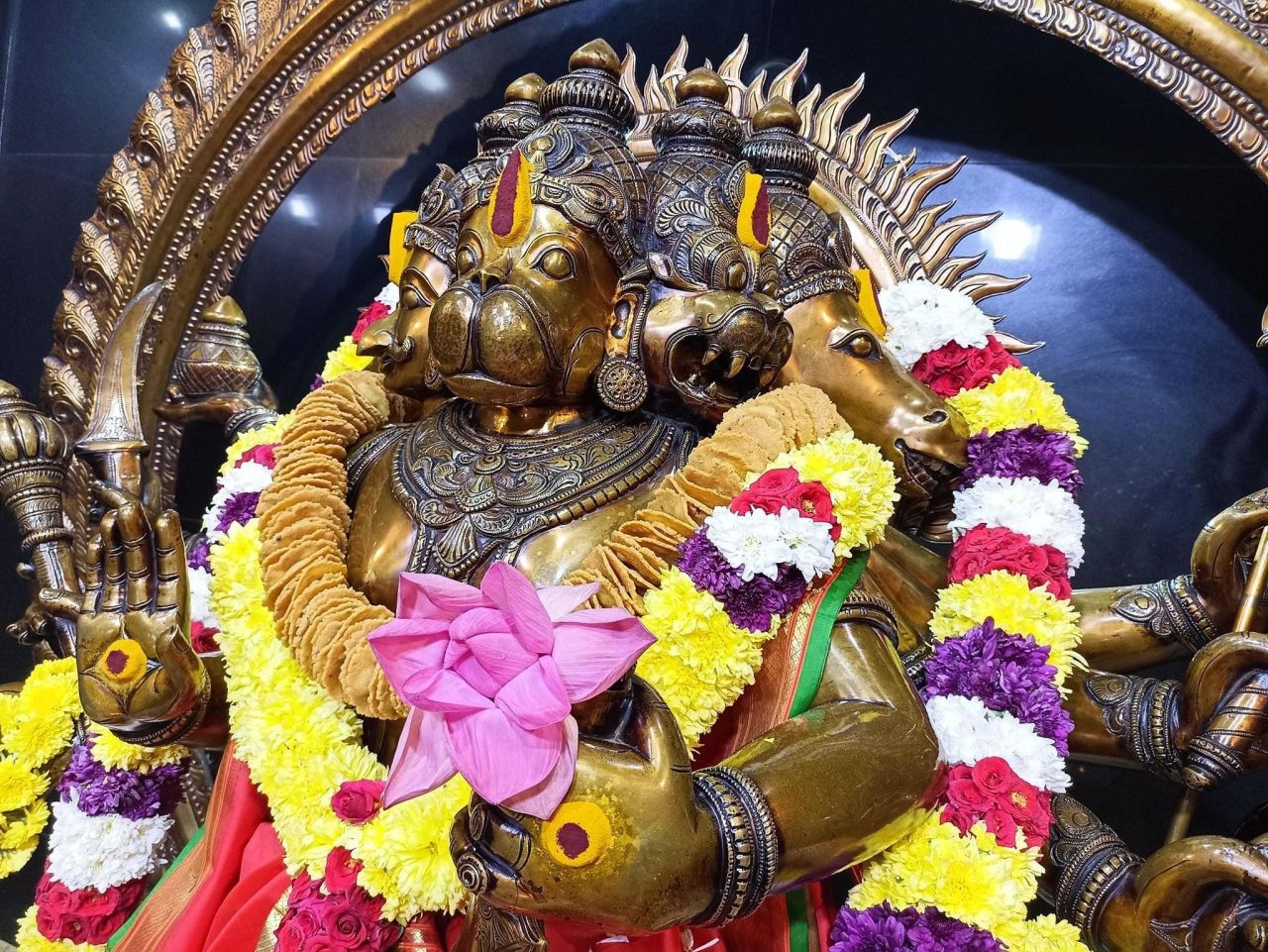

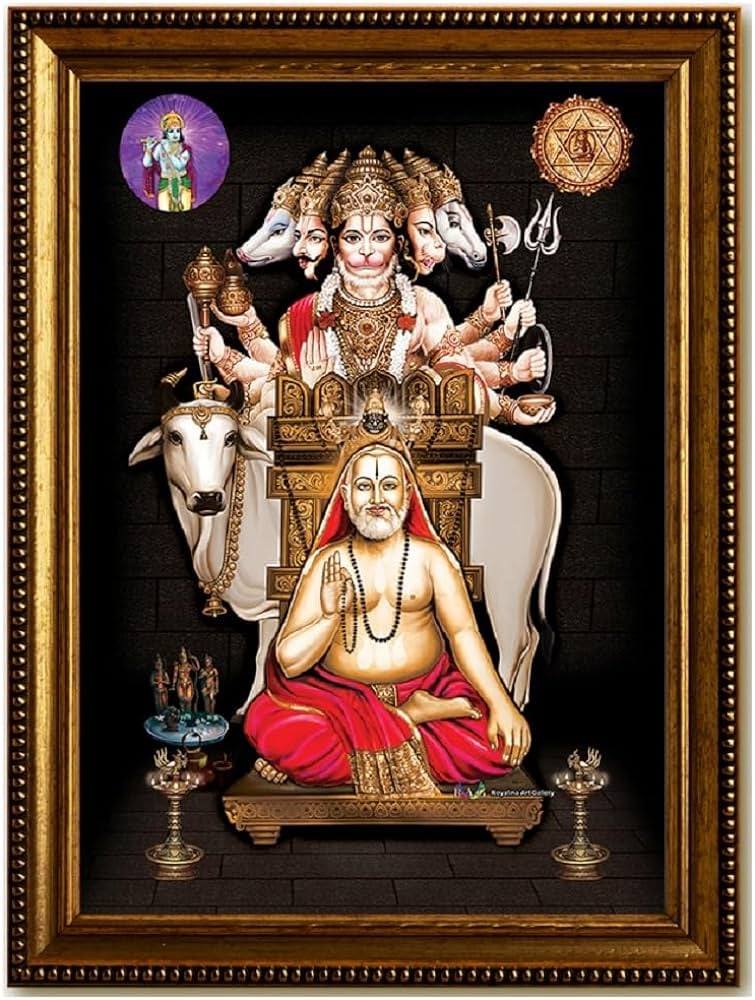







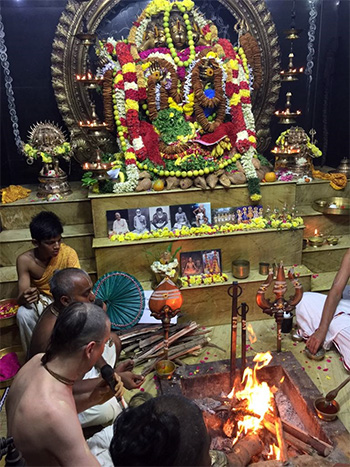
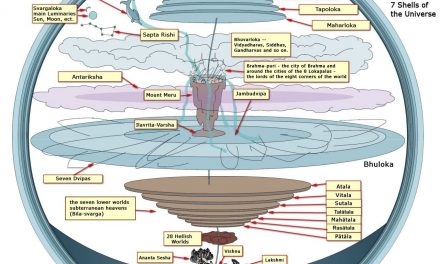
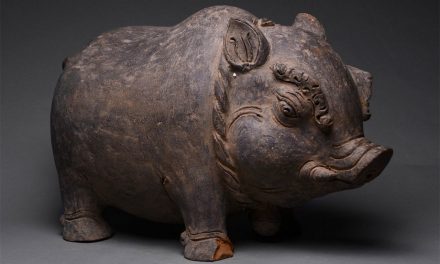
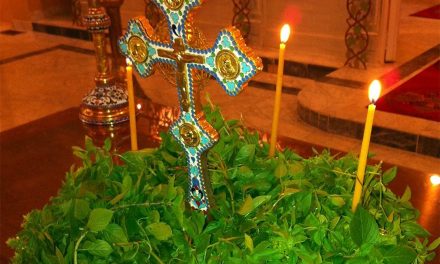
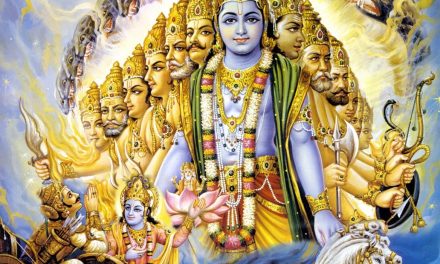
This is helpful. Thank you. My sister brought me a brass Panchamukha back from a trip to India. I knew nothing about this deity. I had asked her to bring me back an Ardhanarishvara statue but she could not locate one. I am already a devotee of Hanuman. Thank you.
Jai Sri Narasimha, Jai Sri Varaha, Jai Sri Hayagriva, Jai Sri Garuda, Jai Si Hanuman. Thank you for an informative article.
Why does Garuda appear to have a green face and not the bird head you might expect? Thank you for an interesting read.
Jai Hanuman..Let us Pray to him to make us like him.
Panchamukha Anjaneyaswamy’’s Divine Sannidhi is also located at Salem , Skandagiri , Tamilnadu , India on the top of a hill along with deities of Lord Sri Muruga , Sri Durgaparameswari etc . The Temple was constructed by the Swargeya
Sri Santhananda Swamigal
I really appreciate this article. I have heard about Panchamukha Hanuman, but never knew anything about him until today.